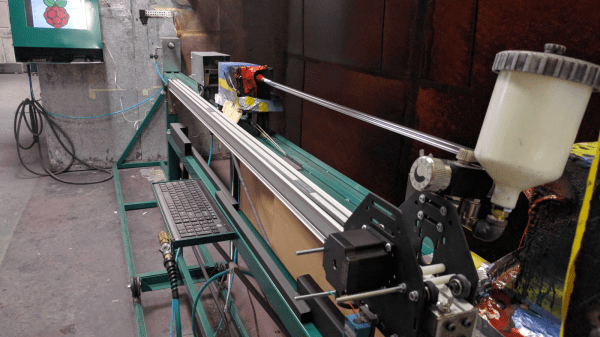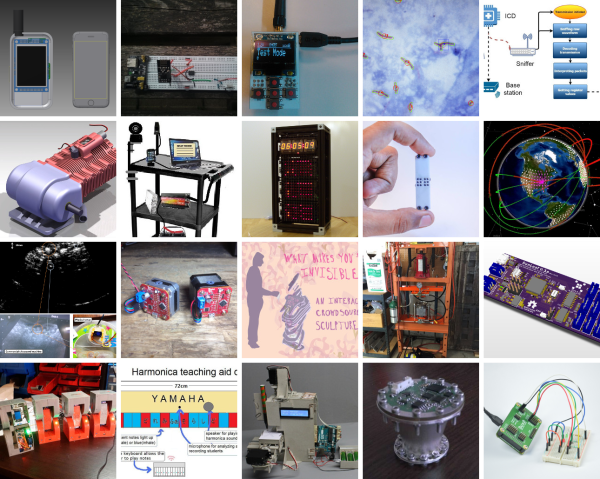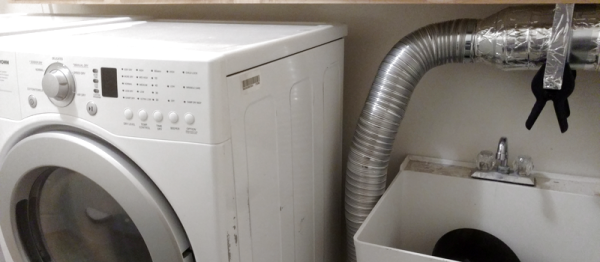It’s a boat! It’s a hackerspace! It’s a DIY research platform and an art gallery! It’s Boat Lab!
[Andrew Quitmeyer] lead a project in the Philippines that was nominally charged with making an art and technology space. After a few days brainstorming, four groups formed and came up with projects as wide-ranging as a water-jet video screen and a marine biology lab. What did they have in common? They were all going to take place on a floating raft hackerspace in a beautiful body of water in Manila.
This is a really crazy meta-project, and any of the sub-projects would be worth their own blog post. Even more so is the idea itself — building a floating hackerspace is just cool. The write-up on Hackaday.io linked above is pretty comprehensive, and the “Waterspace” book talks a bit more about the overarching process. Boat Lab is a great entry into the Citizen Science phase of the Hackaday Prize 2016.
But we also love the idea of hackerspaces in non-traditional places. The Cairo Hackerspace is working on a van-based space. And now we’ve seen a boat. What other mobile hackerspace solutions are out there? We’d love to hear!
Continue reading “Hackaday Prize Entry: Waterspace, A Floating Hackerspace Lab”






















